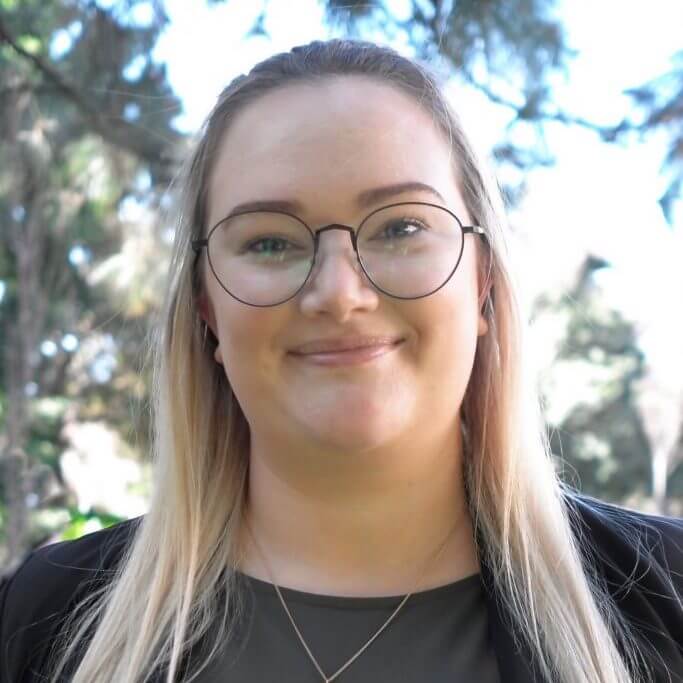Noongar woman Stacey Thorne was 22 weeks pregnant when she died on the front lawn of her neighbours house in 2007. The 34-year-old had been stabbed 21 times.
The father of her unborn child, Scott Austic, spent 12 years in jail for the murder that he never committed.
Now, everyone involved calls for WA Police to re-open the investigation, instead of sweeping her life under the carpet.
“She was looking forward to having a baby”
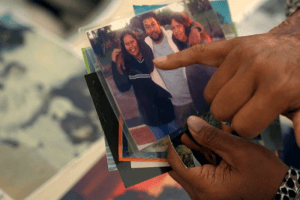
In 2007, Stacey was a teacher’s aide and Aboriginal Liason Officer at the local primary school.
Scott and Stacey grew up together in the small town of Boddington, south of Perth.
“We’d been friends our entire lives,” Scott said. “We’d always been close to the Thorne family.”
Murder investigation wrapped up in one week
On the night of Stacey’s murder, Scott went to the pub for a bourbon.
After the staff refused to serve him at the bar, he went to Stacey’s house.
“We had a chat for a bit and then we’d had sex and then a little chat again,” Scott said. “Then I’d gone home.”
By about 11:00pm, Stacey was found bleeding on a neighbour’s front lawn. She staggered 100m down the road, desperately calling for help.
Within a week, police wrapped up their investigation, charging Scott with Stacey’s murder.
“The police were convinced in their own mind that Scott Austic was the killer,” Scott’s barrister, David Edwardson QC, told Australian Story.
“It was a miraculous completion of a murder investigation in a really, really short period of time.”
Questionable Evidence
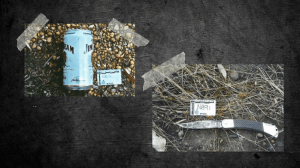
Police claimed that Scott went back home, grabbed a can of Jim Bean, went to Stacey’s house, and stabbed her.
Three pieces of evidence proved crucial in Scott’s conviction:
- A knife covered with Stacey’s blood which was found in a paddock between their homes;
- a cigarette packet with Stacey’s blood on it discovered on a table at his house;
- and a Jim Beam can with his DNA was found on the lawn not far from Stacey’s house.
Scott’s mother refused to believe her son committed such a heinous crime. She appealed to lawyer Dr Clint Hampson, who agreed to look into the case pro bono.
Evidence planted at the scene
The Cigarette Packet
“The first thing that stood out to me was the cigarette packet,” Dr Hampson told Australian Story.
Dr Hampson noticed the cigarette packet was only visible in digital photos of the scene. It was not seen in video footage of the table taken a day earlier.
“That immediately put me on alert as to what else might have been going on in this particular case.”
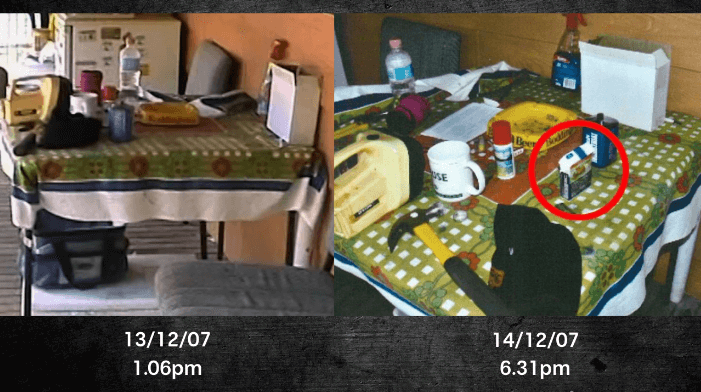
The Jim Beam can
The Jim Beam can was in an area that had five police officers, some of whom were forensic officers, already searched.
“They conducted a thorough search and none of them identified or located a Jim Beam can,” Dr Hampson said.
However, a police officer who wasn’t part of the initial search later testified she saw a can outside Stacey’s house.
The Knife
Dr Hampson then looked more closely at how, and where, police found the murder weapon.
The prosecution said the bloodied knife was on the bare ground between Scott and Stacey’s homes. This is despite a specialist SES search team having scoured the same spot a day earlier, finding nothing.
“We are trained to search these areas,” one SES worker told Australian Story.
“We find out the next day that they found a knife exactly where we searched, so we failed. And that’s when we said to ourselves – ‘bullshit’.”
Evidence planted
In 2020, the Criminal Court of Appeal found that there was “credible, cogent and plausible evidence” that crucial evidence against Scott Austic had been planted.
The Court of Appeal decided the integrity of some aspects of the police investigation were also compromised.
However, having done an independent assessment of the evidence, it found that “despite the miscarriage of justice which had occurred, the State had at the trial, and continues to have, a strongly arguable circumstantial case” against Scott Austic.
The matter went to a re-trial in November 2020.
Scott’s defence team argued he couldn’t have been the killer because he wasat home at the time Stacey suffered her wounds.
Dr Richard Shepherd, a UK-based forensic pathologist who worked on more than 20,000 cases also testified at the trial.
He said he did not believe the knife police alleged was the murder weapon could cause injuries as deep as those found on Stacey’s body.
“In 40 years, I’ve seen many things, but I’ve never, ever seen such a blatant attempt to plant incriminating evidence in a case,” Dr Shepherd told Australian Story.
“I’ve seen evidence lost. I’ve seen evidence mislaid. I’ve seen evidence misinterpreted, but never such a blatant attempt to try to pervert the course of justice.”
The jury took two hours and 16 minutes to acquit Scott.
After 12 years in jail for the murder, on hearing the words “not guilty”, Scott felt the tears running down his face. In November 2020, he walked free.
Push for a fresh investigation after evidence planted
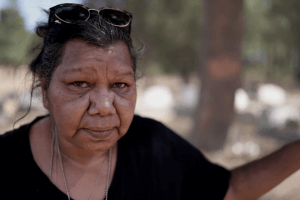
More than a year later, the West Australian police have still not reopened the case.
Stacey’s murder derailed the lives of two families and divided the town of Boddington.
“The whole town is just devastated,” Brenda said. “What happened – it just broke this little town apart. It’s something that you can’t really bounce back from.”
Fed up with a lack of action on finding the killer, the Thorne family has hired private investigator Robyn Cottman to help them find answers.
“It’s almost like it’s all been swept under the carpet now, hidden, put in a box that’s too hard, basically,” Ms Cottman said.
“Nobody is asking, ‘Is there anybody out there that actually knows anything that might be able to assist us here?’ It’s like they’ve just shelved it.”
Compensation for wrongful conviction
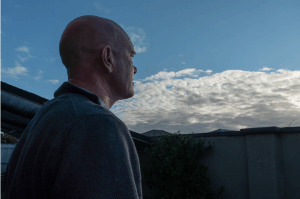
Scott Austic is now sleeping in a single bed in his mother’s home.
“For Scott, coming out of prison at 46 and having to live with his mum… he has lost the independence that he did have,” Robyn Austic said.
“He’ll never be able to be the same person.”
Scott is seeking compensation, “so I can start my life again”.
“In the end there are no winners because there’s still nobody convicted of Stacey’s murder and I have spent 12-and-a-half years in prison,” he said
For the Thorne family, this year would mark Stacey’s 50th birthday. Now all they have left is a grave to visit.
“We just can’t understand how it got to this stage,” Brenda said. “We thought maybe we could have a bit of rest, a bit of peace; she can rest in peace. But at the moment, she’s not.”
